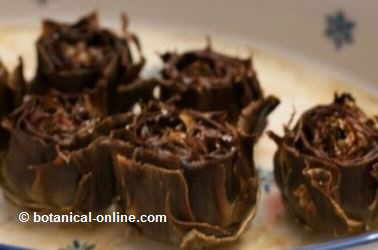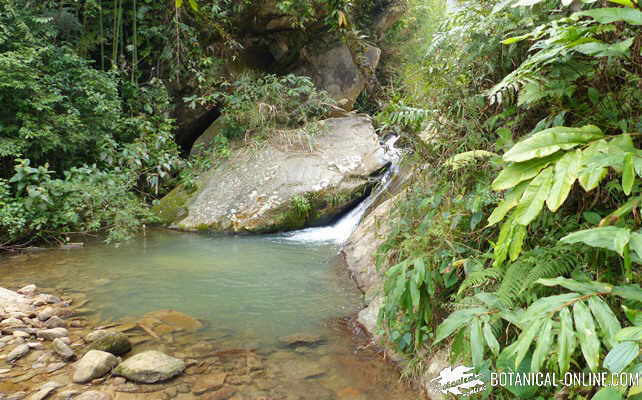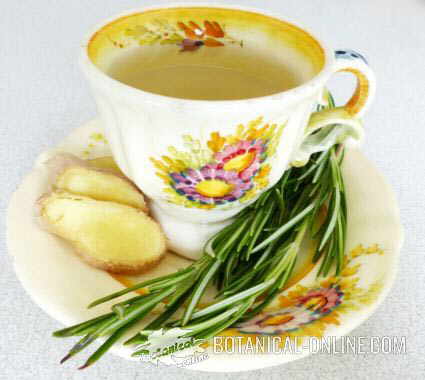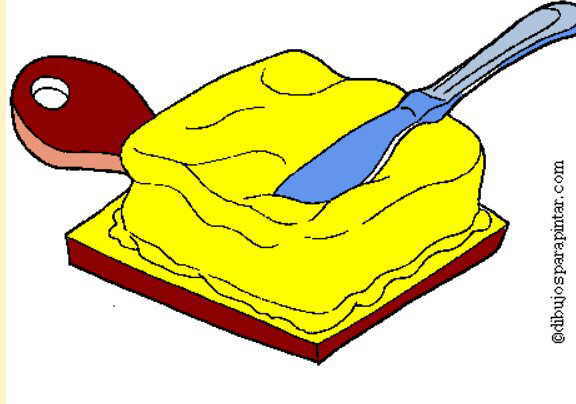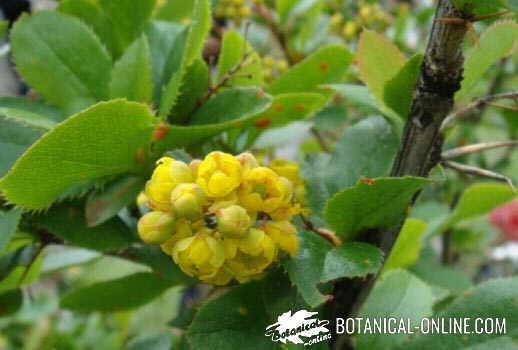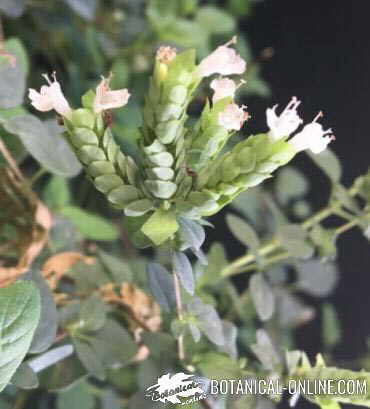Contents
Weeds harmful to animals or people
Some wild herbs can be harmful to animals or people as they contain toxic ingredients. In the following article we present two clear examples: common corn-cockle, a grass of the cereal fields and autumn crocus, a grass that grows in the pastures for animals.
Common corn-cockle, an example of a toxic plant for people and animals
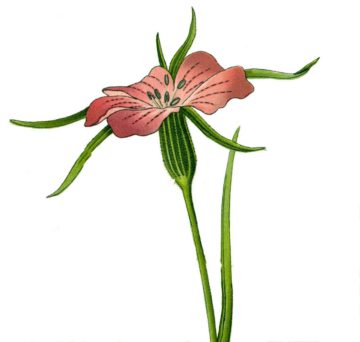
Among the toxic plants that can grow between crops is, for example, common corn-cockle (Agrostema ghitago) that grows mainly on cereal fields.
Why is common corn-cockle toxic?
Its seeds are rich in agrostemina and gitaginsaponin, two toxic principles that can be incorporated into flour when its seeds are ground together with wheat grains.
Habitually eating bread that contains this toxin produces a disease called gigantism that is characterized by the following symptoms:
- The person who suffers from it usually loses a lot of weight.
- Gastrointestinal problems appear.
- It ends up presenting a great weakness.
- If poisoning continues, it can lead to death.
How does autumn crocus affect animals?
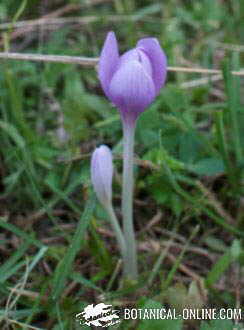
Many of the weed poisonings in animals occur when they started the pasture where some toxic weeds were growing.
This is the case of autumn crocus. It is a lively herb, provided with a bulb, from which grows a lily pink flower similar to the crocus that grows in the grassy areas of the mountains.
The whole plant contains colchicine, a very toxic alkaloid whose ingestion causes stomach pain, vomiting, diarrhea, weakening of the pulse, seizures and even, in severe cases, coma.
Many cases of deaths of horses, cows and sheep are known.
Autumn crocus poisonings in people
In the past, poisonings in people occurred when homemade preparations were made against gout, rheumatism or cancer. Many cases of deaths are known.
Nowadays, it is not used in medicinal preparations, so poisoning in people is very rare, except in an isolated case in which it has been confused with saffron.
![]() More information on weeds
More information on weeds

